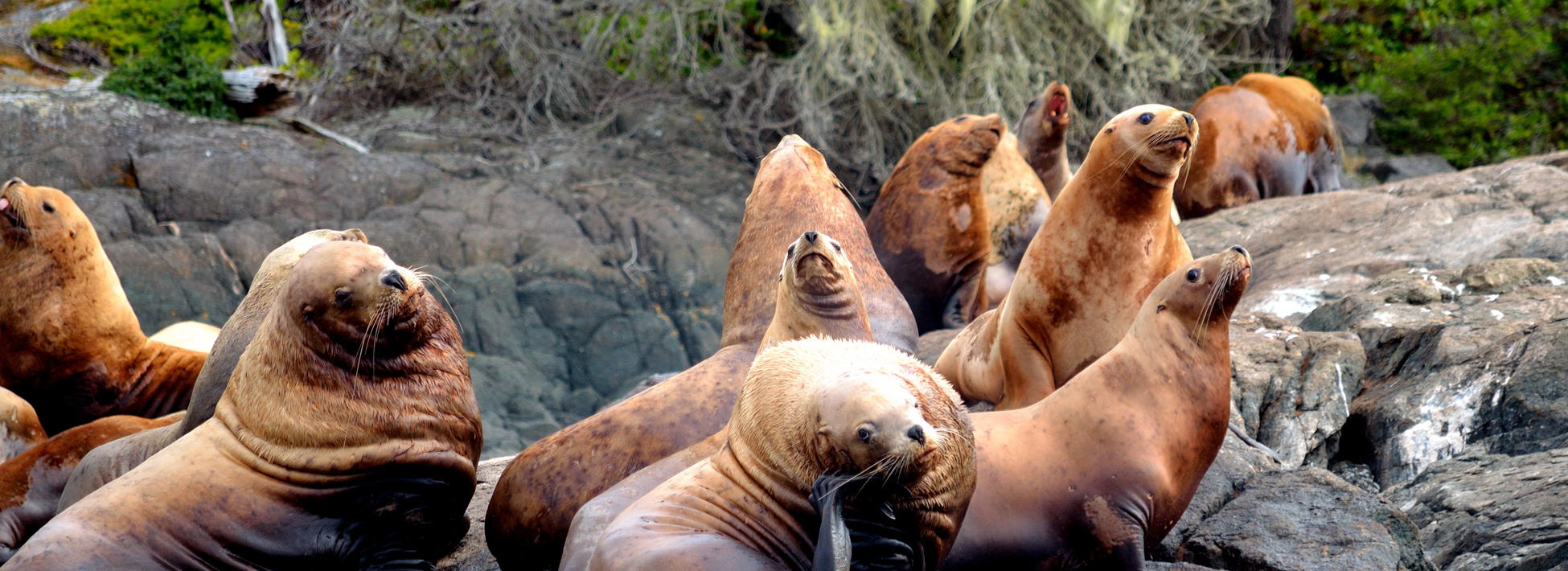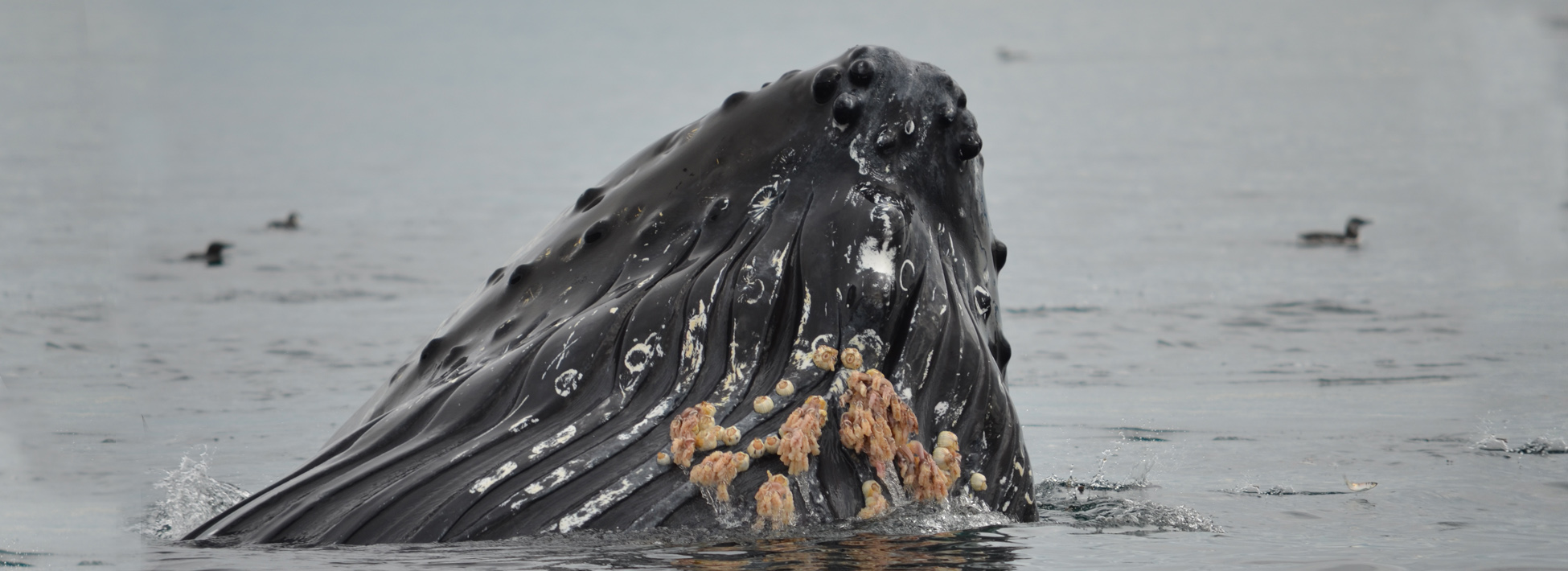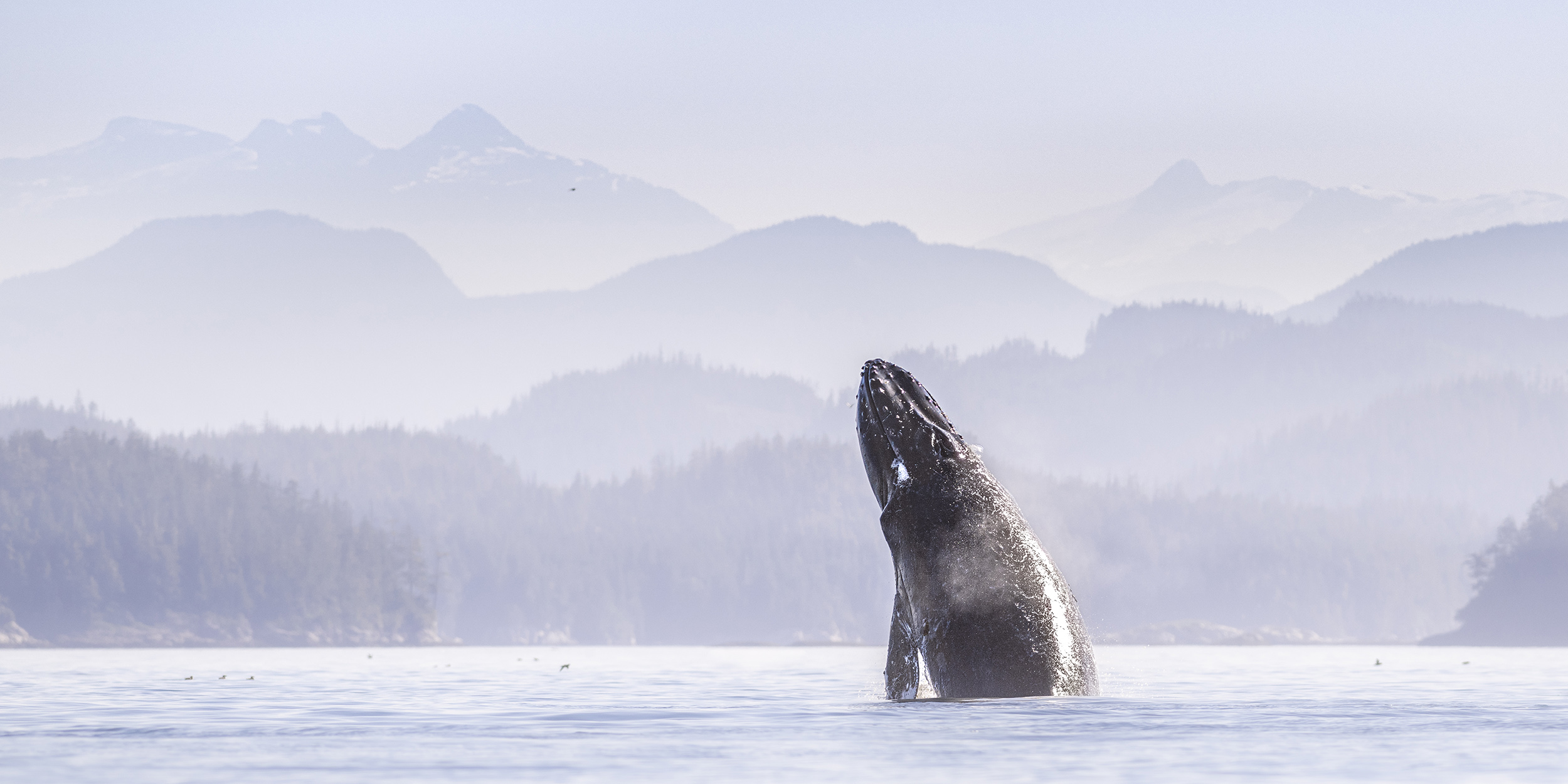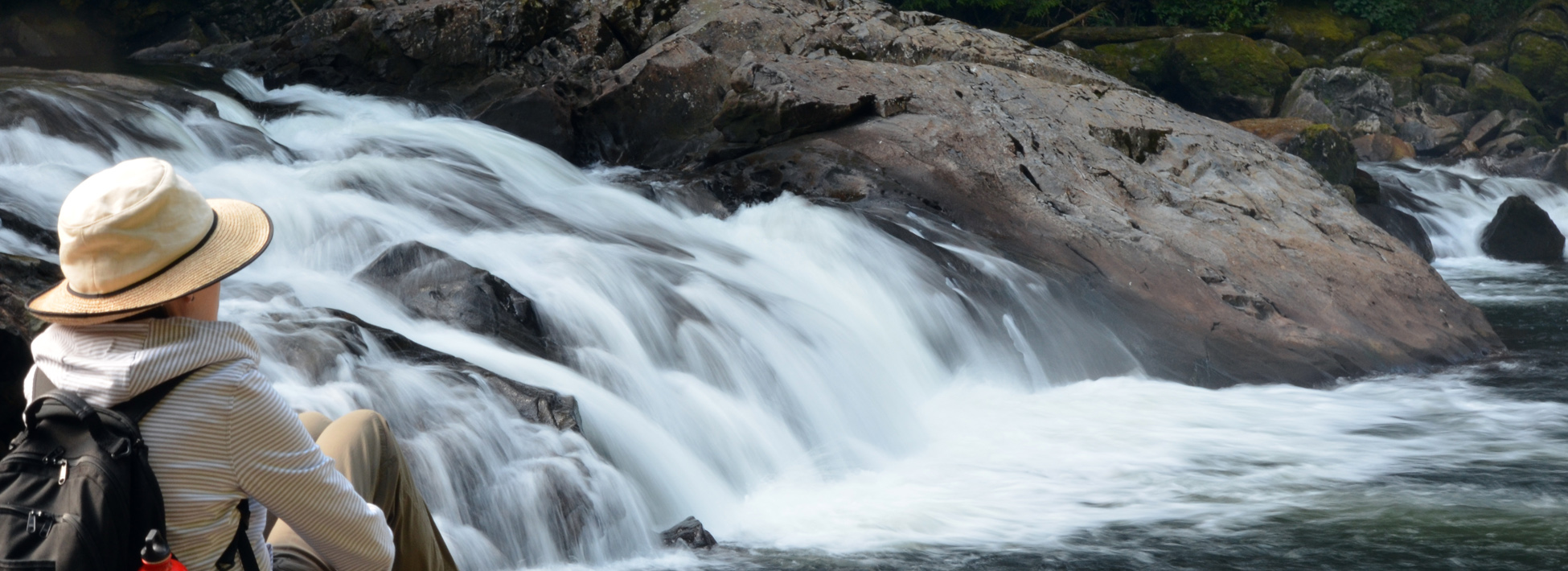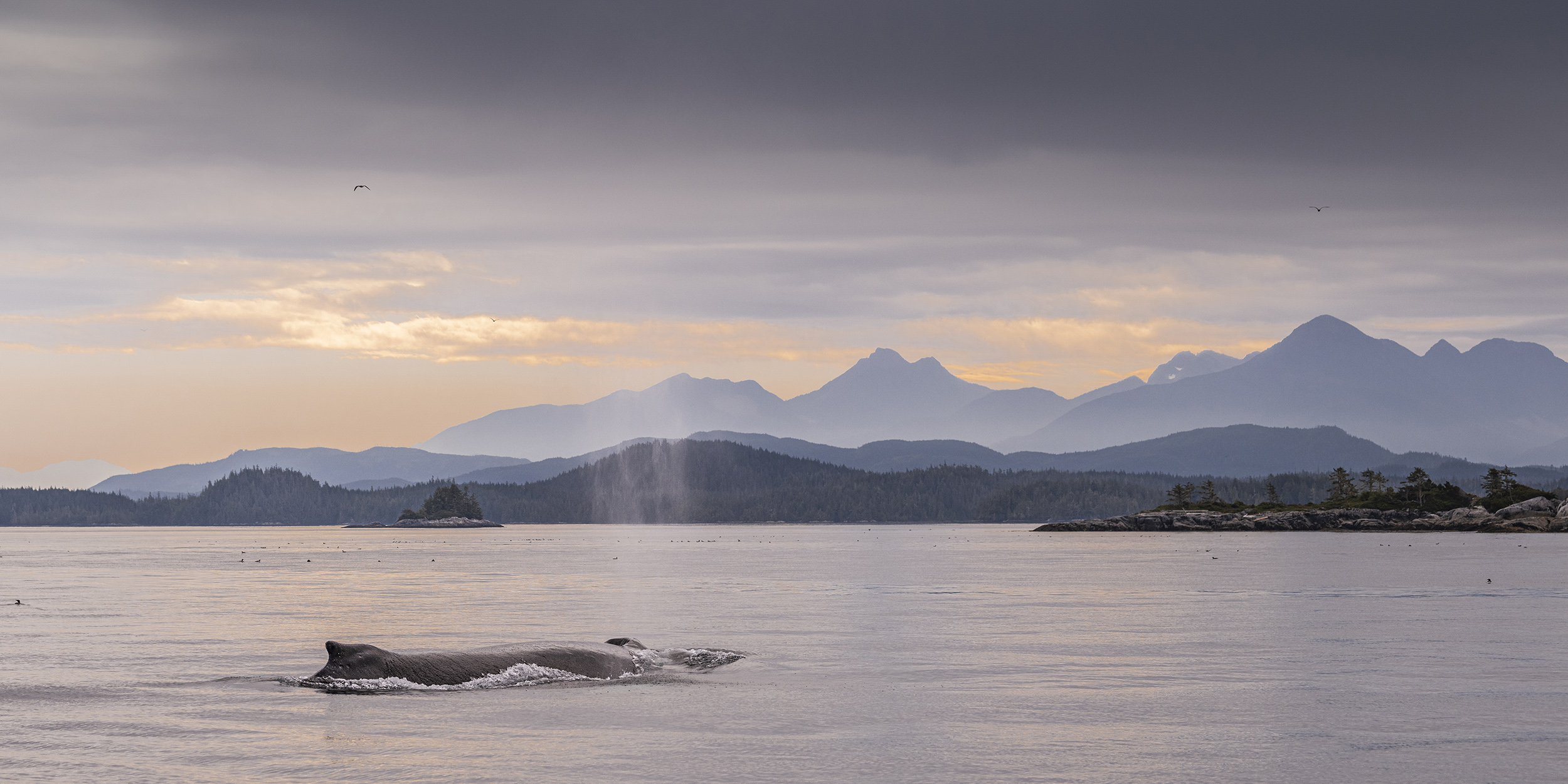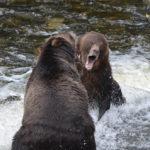Grizzly Bears are a solitary animals. Mothers and cubs are together and sometimes siblings will stay together for a couple of years after they have been kicked out on their own. Other then this they are looking out for themselves. With the abundance of salmon in the rivers in the fall the Grizzlies learn to tolerate each other because they all have to eat. There are, however disputes over the prime fish areas. Generally these aren’t much more then a stare down and some growling, but they do occasionally end up in a bit of a scrap.
Bald Eagles

Bald Eagles are frequently sighted in our area. At times they can be seen in large numbers. This is usually where food supplies are high. For example this could be in areas with high concentrations of baitfish or along the rivers in the fall when the salmon are spawning. They are not migratory, but do move around with the food supply. As mentioned earlier when the salmon are spawning we often see many along the rivers, while there will be fewer along the coastline. With little need for camouflage their white head and tail feathers can be spotted easily. The female is slightly larger and her white head extends down a bit farther onto the body, but it is subtle. It takes these birds 4.5 – 5 years to acquire this unique plumage. As juveniles they are a brown colour. With exceptional eyesight and the ability to view 270 degrees they are understandably often seen in high perches and in trees near points and passageways.
Visit our Blog